How to Prevent a Yellowjacket Nest in the Ground: Gardening Expert Shares His Best Tips to Keep Wasps Away
Finding a yellowjacket nest in the ground can send anyone into a panic, but have no fear! Learn some simple ways to keep yellowjackets from taking up residence.


There is almost nothing that strikes fear into the heart of a gardener like seeing a yellowjacket nest in the ground. Stay calm. Let's discuss how to keep wasps away from your yard in the first place.
The most important tip is to stop thinking like a “yard owner” and start thinking like a yellowjacket. They’re drawn to anything sweet or protein-rich. Spilled soda, dropped fruit, meat scraps left out too long, or even a forgotten pet snack can draw them in like a buffet. Limiting what they can find and keeping spaces sanitary seems small, but it really works wonders.
Queens are picky about where they settle. Come spring, they’re on the hunt for quiet, hidden corners. Once they pick a spot, things escalate fast. Yellowjacket control doesn’t have to seem like an impossible task. Here, we will go over some step-by-step advice that actually makes a difference.
What Attracts Yellowjackets?
Yellowjackets are opportunistic, social wasps. They are looking for easy sources of food and an easy shelter.
Food Sources
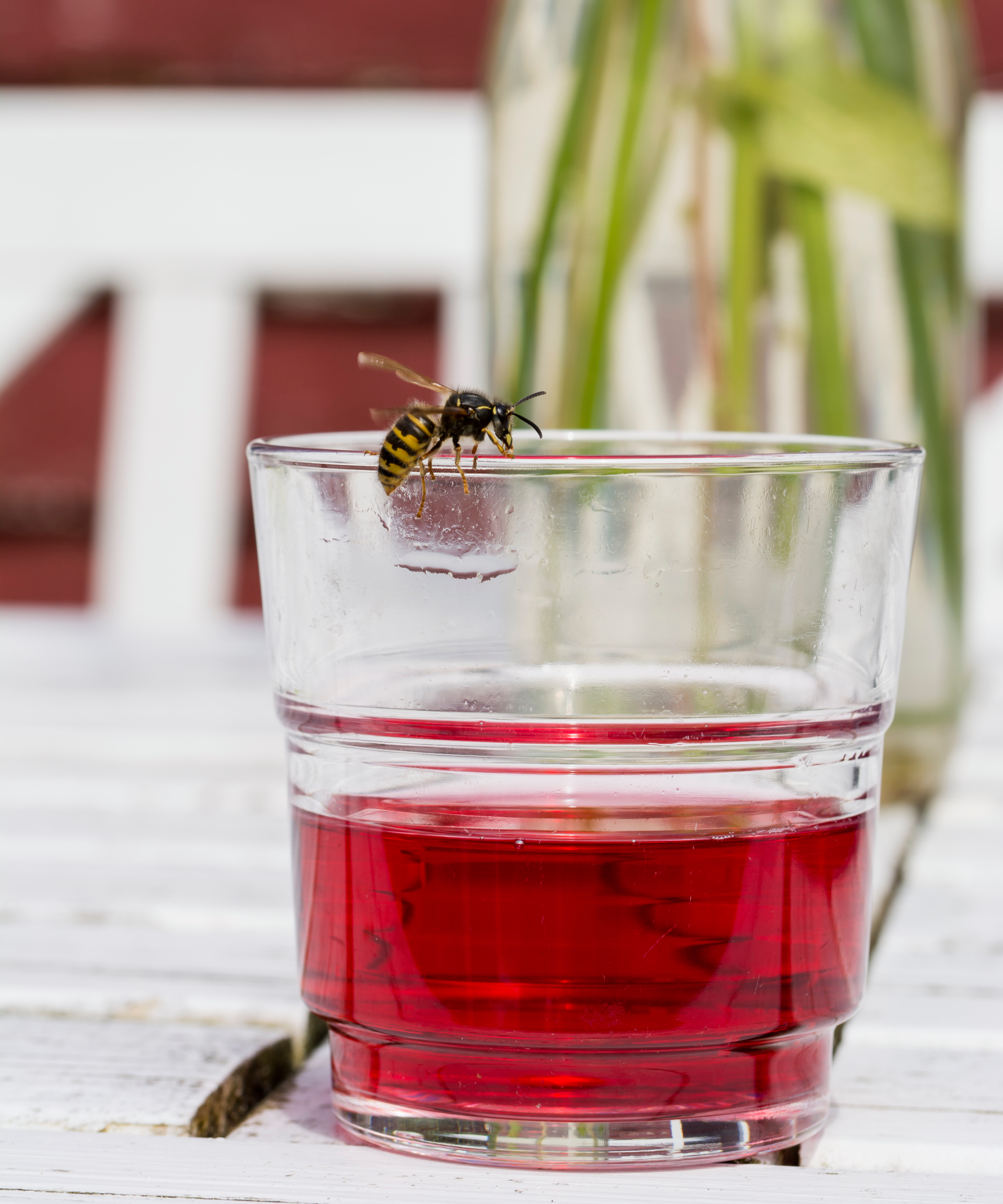
Yellowjackets are wasps which are beneficial insects, but they can be a pain for summer gatherings. Sweet drinks left on the table? They’ll find them. Meat scraps from the grill? Definitely. Fallen fruit from fruit trees? Like a magnet. Early in the season, yellowjackets are chasing protein to feed the growing colony. As late summer sets in and autumn approaches, sugar is all they care about.
Controlling both early and late food sources has kept them off my property more than anything else. I also recommend to hosing off and plants that have aphids as their sticky, sweet honeydew attracts yellowjackets, too. You can also control aphids with a homemade spray, or try to attract ladybugs to your garden to naturally control aphid populations.
Shelter
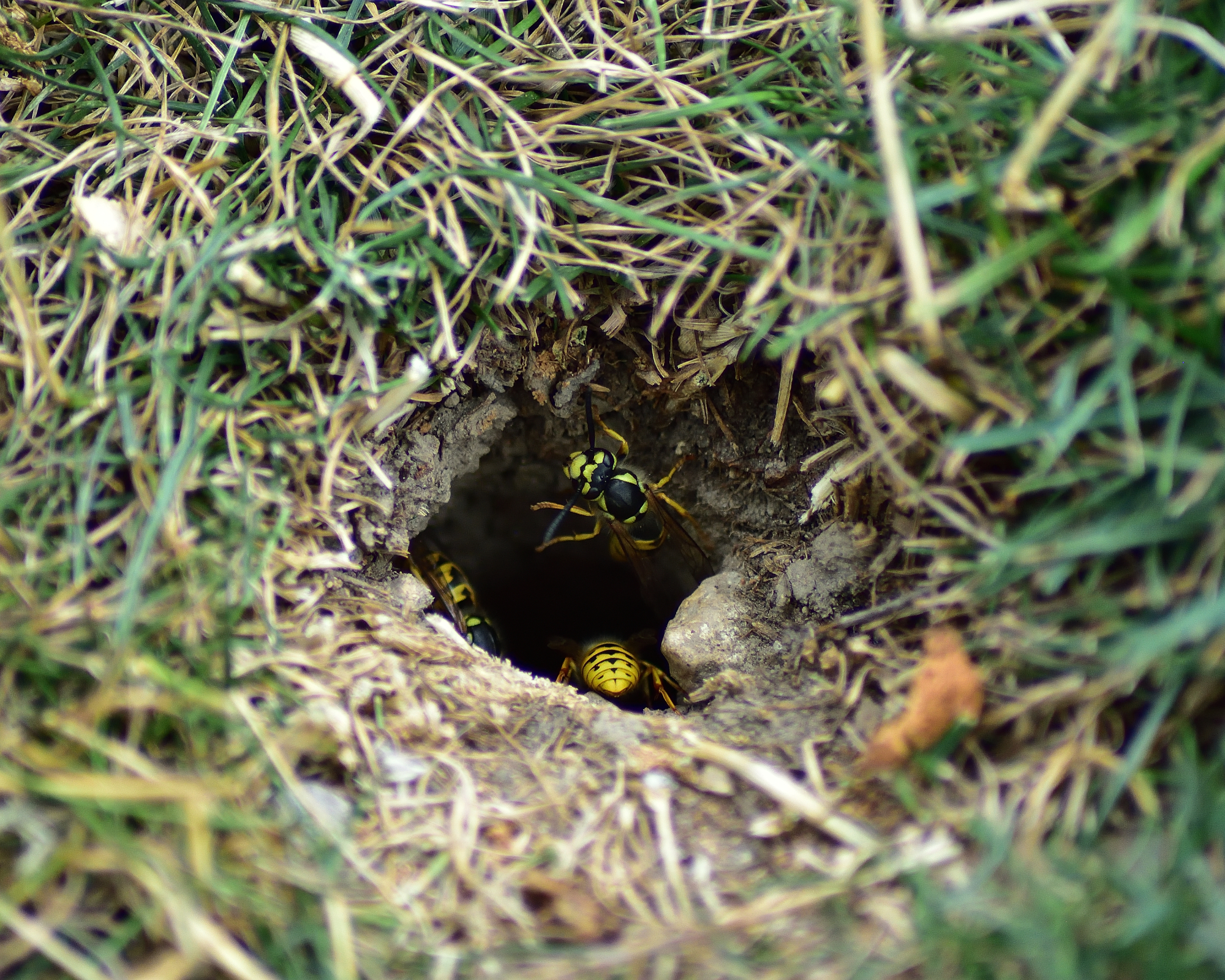
Shelter is just as important. Mulch piles, thick shrubs, deck boards, and old pots are spots that they love. They always prefer quiet, hidden spots.
Sign up for the Gardening Know How newsletter today and receive a free copy of our e-book "How to Grow Delicious Tomatoes".
Check under sheds, along fence lines, and in overgrown corners in early spring. It might feel tedious, but it’s worth it This is especially true when you spot a queen before she sets up a colony.
Some spots that seem harmless can be perfect for them. I’ve seen nests under garden furniture cushions, beneath tarps covering seasonal tools, and even inside decorative rock piles.
How to Keep Yellowjackets from Nesting
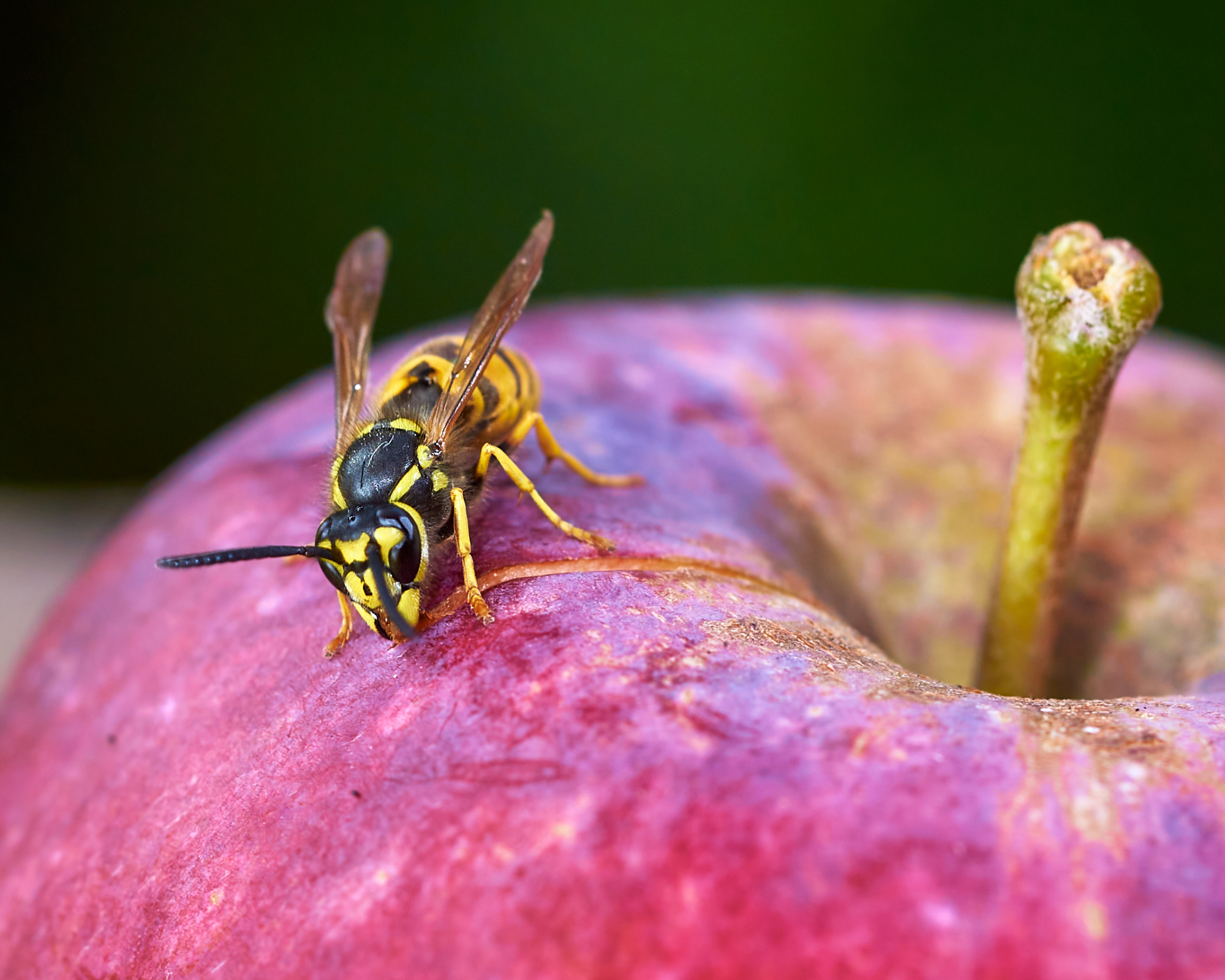
Cleanup is the first step. Wipe down tables, seal trash cans, pick up rotting fruit, and cover compost piles. Fill small holes and move pet food indoors or out of reach.
You should also trim thick grass, shift piles of firewood, and adjust garden decorations. This tends to make certain spots less tempting.
Sometimes the tiniest actions, like shifting a picnic table a few feet or moving a stack of wood, can suddenly make a corner less inviting. I’ve been surprised at how quickly they relocate when they can’t find food or shelter.
Natural Yellowjacket Deterents
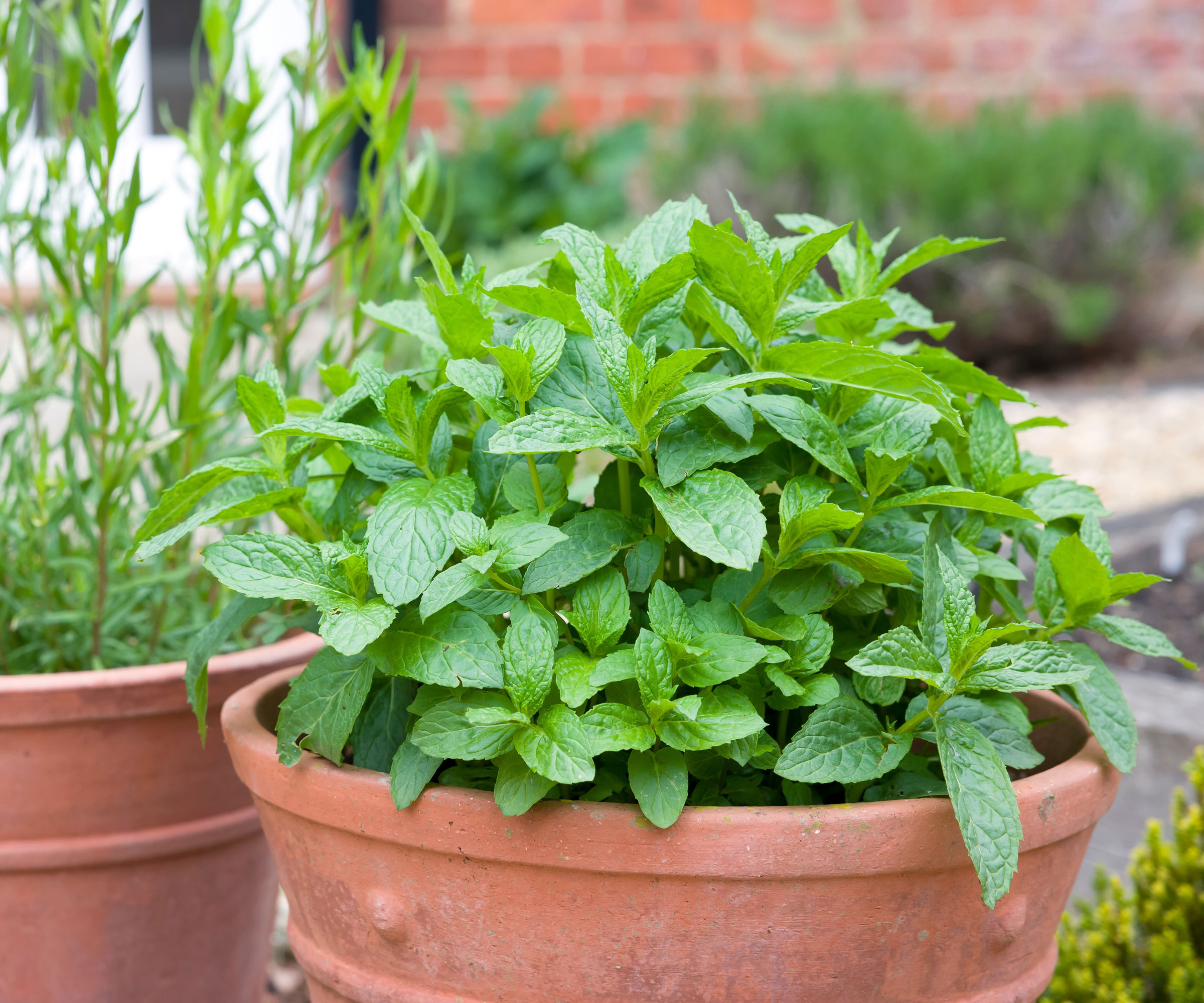
Using plants that repel wasps like mint, thyme, or lemongrass around patios and seating areas seems to confuse them a bit as they try to home in on your picnic. You can also use coffee as a natural wasp repellent.
I like to make a light clove and geranium oil spray for railings and edges. If you want an easier approach, you can purchase a pre-made spray like this one from STEM, available on Amazon.
The spray is subtle, but hovering numbers do seem to drop when you use it to create a scent barrier. Just be sure never to spray flowers that bees are feeding on. That’s just a line I don’t cross.
Other Yellowjacket Control Methods
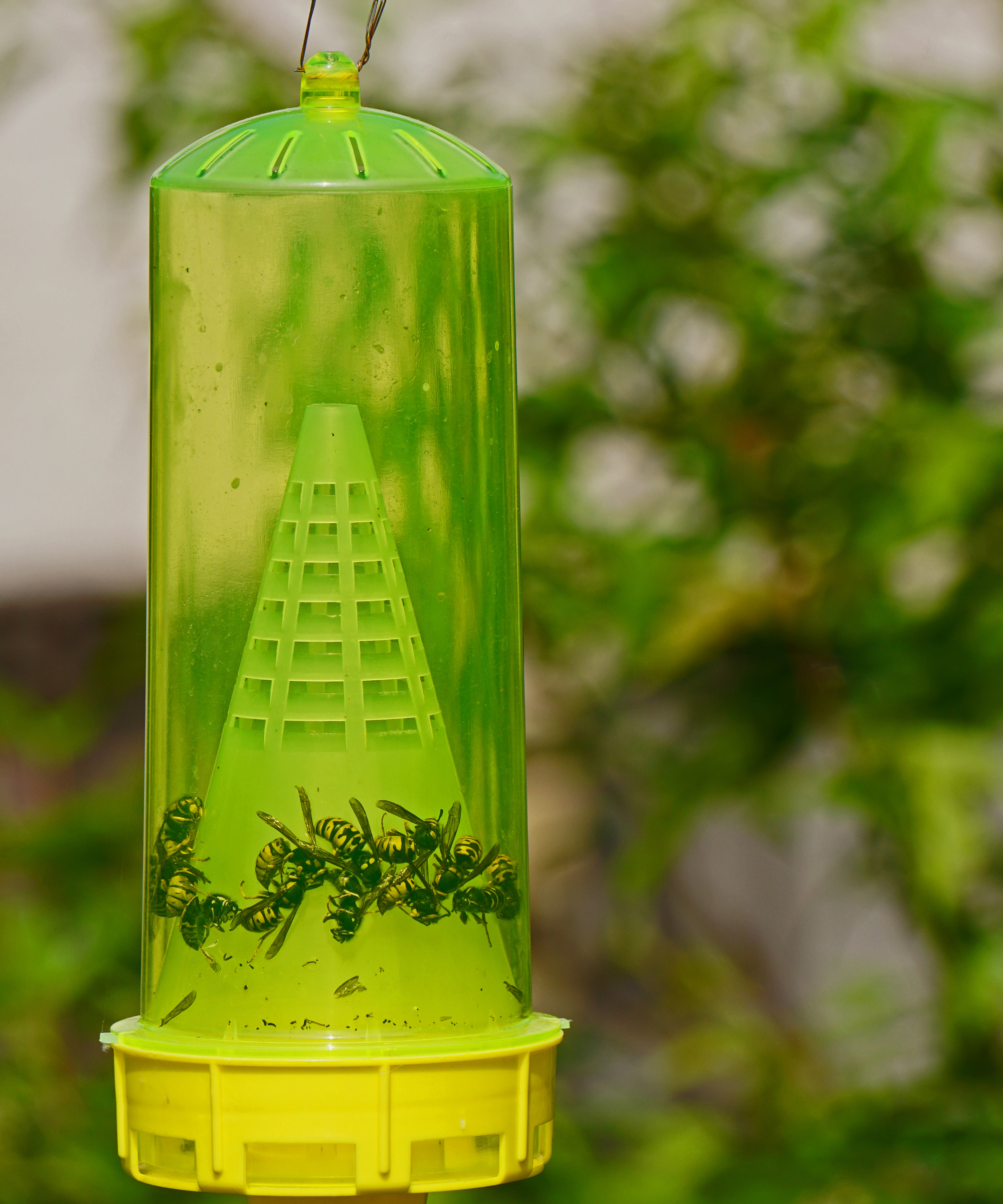
Sometimes, even after cleaning up and planting herbs, yellowjackets just don’t get the hint. That’s when yellowjacket traps can come in handy. Protein or sugar-based traps won’t wipe out a whole colony, but I’ve found they can keep the worst of the hovering and swarming away from my patio and picnic spots. Just having one or two out seems to distract them enough to make the yard more enjoyable. You can make a DIY yellowjacket trap or purchase a yellowjacket trap from Amazon.
However, sometimes you need to take a little more of an aggressive approach with a wasp spray, but this can be dangerous. Yellowjackets can sting you multiple times and as soon as one becomes agitated, it releases a pheromone to signal the rest of the nest to join in the attack. Personally, I think it is best to safely deal with an aggressive yellowjacket colony by calling a professional pest control service.
Extra Tips When Dealing With Yellowjackets
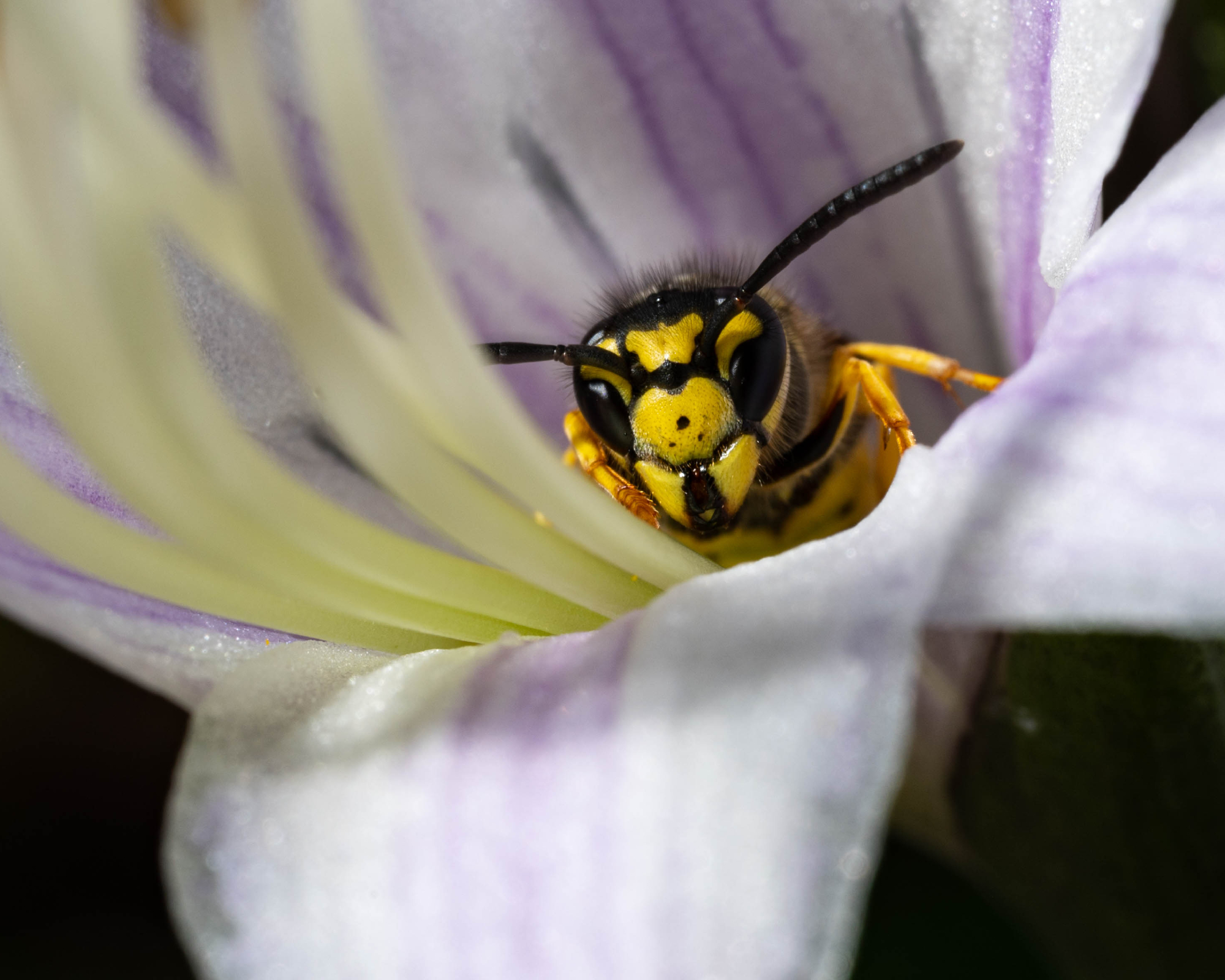
- Safety first. Wear protective clothing and approach nests with caution. Call a professional if you are not comfortable, especially if you are allergic to yellowjacket stings.
- Keep plants tidy. Leave space between plants and trim undergrowth. This makes yellowjacket queens less interested in those spots.
- Talk with neighbors. Sometimes their compost or fallen fruit draws yellowjackets in. Coordinated efforts keep swarms away from the whole block.
Yellowjackets can be persistent, but making your yard uninviting works wonders. Tidy up food, limit cozy hiding spots, and use a few natural deterrents. Early vigilance and small adjustments go a long way.
Over the years, using these strategies has let me enjoy my yard without swatting, running, or worrying about a hidden nest. Summer afternoons finally feel relaxing again. Just sun, a cold drink, and the occasional butterfly without a buzzing menace.

Tyler’s passion began with indoor gardening and deepened as he studied plant-fungi interactions in controlled settings. With a microbiology background focused on fungi, he’s spent over a decade solving tough and intricate gardening problems. After spinal injuries and brain surgery, Tyler’s approach to gardening changed. It became less about the hobby and more about recovery and adapting to physical limits. His growing success shows that disability doesn’t have to stop you from your goals.